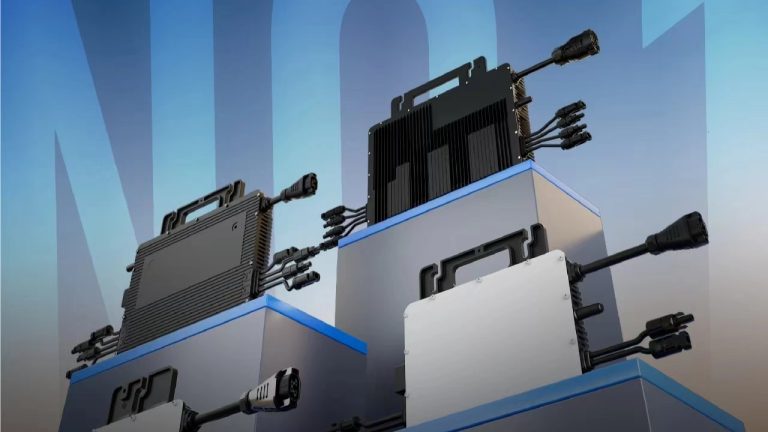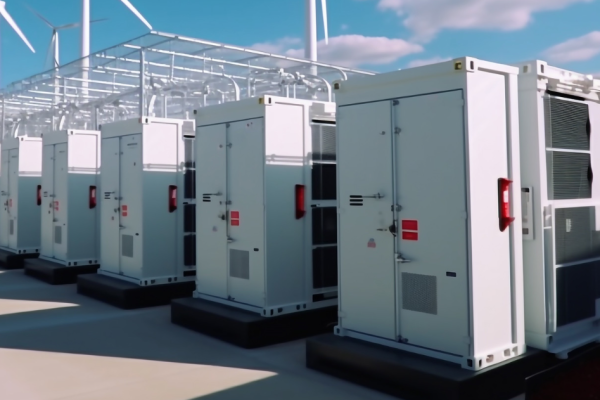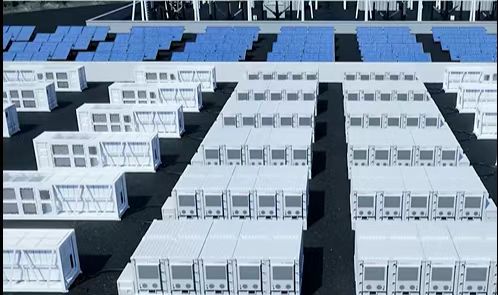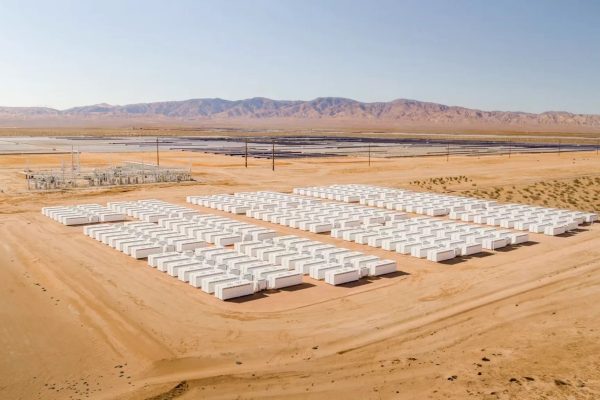How to Navigate Certification, Safety, and Shipping Rules for Residential Energy Storage Systems
1. Why Regulations Matter in Home ESS Exports
The home energy storage system (ESS) market is growing rapidly, driven by residential solar adoption and grid reliability concerns. For exporters, this represents a huge opportunity — but also a web of regulatory requirements that vary by destination country.
Failing to comply with these regulations can result in:
- Shipment delays or rejections
- Extra testing costs
- Legal liability if products cause harm
- Loss of market access
For small and mid-sized exporters, understanding these rules early can save money and protect your brand reputation.
2. The Main Regulatory Categories for Home ESS
A. Electrical Safety Standards
Every country has its own version of safety compliance. Common examples:
- IEC 62619: Safety for lithium battery systems
- IEC 62109: Safety for inverters in PV systems
- UL 9540: Energy storage system safety in the U.S.
- AS/NZS 5139: Installation requirements in Australia
If your product integrates PV inverters and batteries, it may need to pass multiple overlapping safety tests.
B. EMC (Electromagnetic Compatibility)
Countries require ESS devices to operate without causing or suffering from electromagnetic interference.
- EU: EN 61000 series
- U.S.: FCC Part 15
- Australia/New Zealand: CISPR 22/32
Failing EMC compliance can result in customs refusal or forced product recalls.
C. Battery Transport Regulations
Lithium batteries are classified as dangerous goods under international shipping rules:
- UN 38.3 testing for lithium cell and battery transport
- IATA DGR (air transport) and IMDG Code (sea transport) packaging requirements
- Labeling rules for dangerous goods shipments
Tip: Even if your product is shipped via sea, airlines may still handle parts of the journey (e.g., feeder services), so air-compliant packaging is often necessary.
D. Grid Connection and Energy Standards
Some markets require certification that your ESS works safely with their grid:
- UK G98/G99: For small-scale generation and storage
- California Rule 21: Interconnection rules for distributed energy resources
- Germany VDE-AR-N 4105: Grid-compliant operation
E. Country-Specific Environmental Rules
- EU WEEE Directive: Recycling and disposal obligations
- RoHS: Restrictions on hazardous substances
- Extended Producer Responsibility (EPR) in countries like France or Canada
If ignored, these can lead to fines or bans on sale.
3. Common Mistakes Exporters Make
- Assuming one certification covers all markets – IEC compliance alone may not be enough.
- Overlooking transport paperwork – Missing UN 38.3 reports or MSDS can stop a shipment.
- Not planning for certification lead times – Testing can take months, delaying market entry.
- Relying on suppliers for compliance without verification – Always request full test reports and check lab accreditation.
4. Best Practices for Regulatory Compliance
- Start compliance checks during product design, not after manufacturing.
- Maintain a compliance database with certificates, expiry dates, and lab reports.
- Work with local import partners who understand their market’s rules.
- Use accredited test labs recognized in multiple regions (e.g., TÜV, SGS, UL).
- Budget 5–10% of project cost for certification and compliance management.
5. Compliance as a Market Advantage
While regulatory compliance for home ESS exports may seem like a burden, it’s also a trust-building tool. Buyers, distributors, and end-users feel more confident when they know your products meet international standards.
By staying ahead of certification, safety, shipping, and environmental regulations, you protect your business, avoid costly setbacks, and position yourself as a professional, trustworthy supplier in a competitive market.









